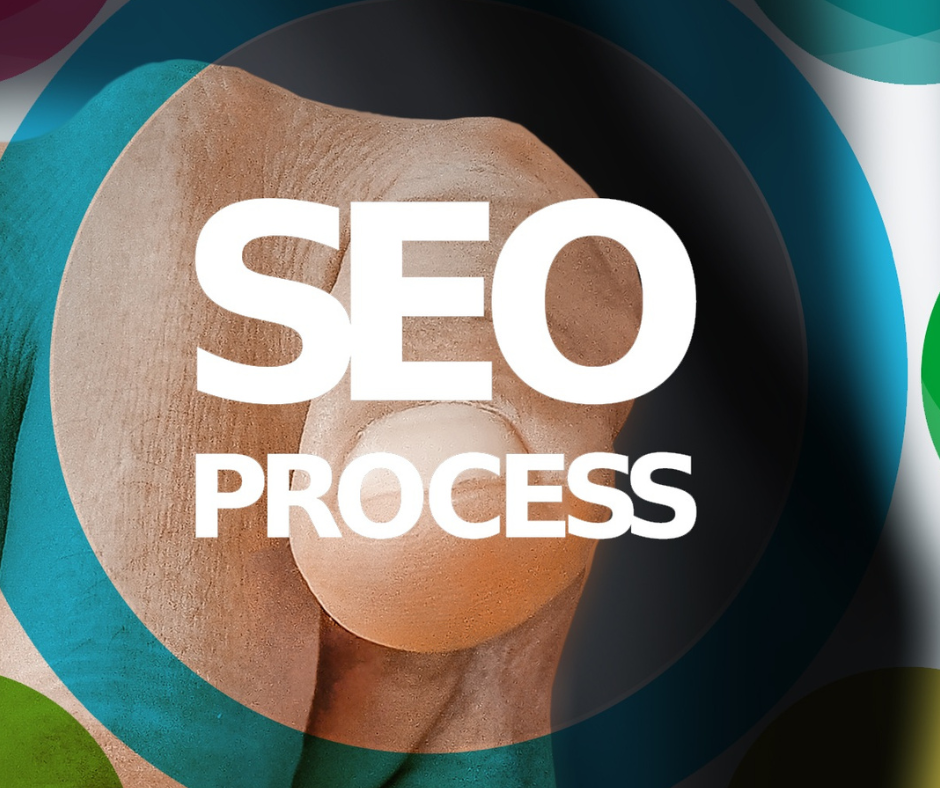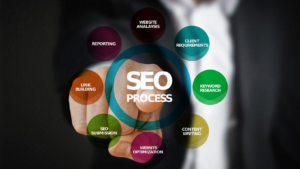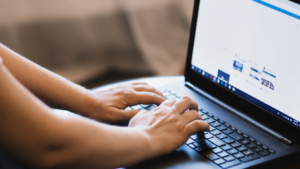The Best On-Page SEO Techniques
On-page SEO is the practice of optimising the elements of a website – to improve its search engine ranking – bring in more online traffic and convert more visitors.
On-page SEO includes creating high-quality, keyword-rich pages and content, using effective search engine-relevant keywords for titles and descriptions, and keyword research.
Here are the best on-page SEO techniques to increase your traffic!

On-Page SEO Techniques
Integrate Targeted Keywords Into Your Pages.
Integrating targeted keywords into your pages is one of the best ways to improve your website’s search engine visibility.
Integrate target keywords that are specific to your content and audience, as well as those that are important to your business. This way, when people type in terms related to your topic, you’ll likely get more traffic from their queries than from people enquiring about your company or products.
Include relevant keywords in the title and meta-data of each page on the site. This will help people find what they need immediately and help potential customers learn more about what you offer before clicking through.
In addition, keyword-rich descriptions can entice web visitors to click through even if they don’t see what they’re looking for at first glance.
Crawl Your Website
One effective strategy to crawl your website is by using SERP analysis.
SERP analysis is a method of analysing search engine results pages – to evaluate the top-ranking websites for particular keywords – to determine which keywords are most relevant for your website and how to use them effectively.
Make Sure Your Keyword Is In Your URL
Including a keyword in your URL will help your search engine spiders index and rank your site higher when searching for that keyword.
For example, if you have the keywords “sales” and “site search engine optimisation” in your URL, then all of your site’s traffic will be directed to the sales pages (and not to the random article pages).
Define Your Target Audience.
It is important to know your target audience to increase your website’s search engine ranking factor.
The different types of online searches a person makes (based on occupation, location, etc.) will significantly impact your site’s performance in the SERPs.
To determine what type of search intent your site is likely to engage, you should research the specific interests and needs of your target audience.
You can do this by studying SERP results for keywords that coincide with your audience’s interests or by creating content specifically for them that includes information about your product or services.
Not every site can be marketed to everyone equally, and you’ll want to evaluate the competition to see if you’re better off targeting a specific group or audience than others.
Plan Uniques Page Titles
Creating unique page titles is one of the most effective and popular methods to help your web page rank in search engine results pages (SERPs) and help increase your web page traffic.
The best way to get started with this technique is by following these simple steps:
- Choose a catchy phrase or keyword for your new page title
- Write a powerful yet easy-to-read headline focusing on the phrase or keyword
- Write an article around the keyword or phrase you chose for your new page title
- Place internal links to your article on relevant websites
Improve Site Load Time
A website that is optimised for speed enhances the user experience and improves your search engine rankings.
In addition, people expect websites to load quickly and instantly, websites that take too much time to load are more likely to be closed.
Large images and videos can delay site loading time. You can improve the load time of a website by compressing images and videos and reducing their size.
Optimise Your Visual Content
Optimising your visual content can improve your website ranking. You can do this by adding your keyword to the image file name, the alt text, the image title, the image caption, and describing your image in the metadata.
When you are writing or publishing content, it is important to keep in mind the on-page SEO techniques that will help improve your visibility.
Ensure that your website’s design and layout appeal to potential and current customers, and make sure that your visual content is relevant and add to your story.
Add Responsive Design To Your Website
Responsive design refers to a web design strategy in which your website is created for compatibility with mobile, tablet and desktop devices
People access websites with different screen sizes. You can test the responsiveness of your website on real devices to ensure that the layout of your website is consistent across multiple devices.
Optimise For Conversions.
To optimise your website for conversions, start by determining what content marketing is the most important to your customers.
This could be anything from user testimonials to product information to blog posts. Once this quality content marketing is sorted, you can focus on creating compelling images, providing high-quality copy, and using relevant keywords in your titles and meta tags descriptions.

Conclusion
The goal of on-page SEO is to improve the visibility and ranking of a website in search engines results – to achieve higher rates of online visitors and customer engagement.
Specific strategies can be employed to optimise a website for higher Google rankings. These include – integrating targeted keywords into your pages, crawling your website, defining your target audience, planning new page titles, improving site load time, optimising visual content, adding responsive design, and optimising your website for conversations.
Was this article helpful? Let us know in the comments.
FAQ
What is on-page vs Off-page SEO?
There are two main types of technical SEO: on-page and off-page. On-page SEO is the process of optimising the website for search engines. In contrast, off-page SEO is the process of improving your content SEO..
What is on-page content SEO?
There are a few things that you should keep in mind when creating SEO content for your website or blog.
- First, ensure that your SEO content is relevant to your audience. This means that you must be able to answer common SEO strategy questions and provide valuable information that will help your visitors find what they’re looking for.
- Next, make sure to include images and other visuals in your content. This will help you show off your site or blog better and help readers understand what you’re saying.
- Finally, make sure to use grammar and spelling correctly so that people can understand your writing. All of these things will help improve the visibility of your site or blog and ultimately attract more viewers and customers.
Why is on-page SEO important?
There are many reasons why an on-page SEO strategy is important. One reason is that it can help you rank higher in search engines. Google rates your site higher when people type in a specific phrase such as “on page SEO” than if they click on the backlink that appears on the page.
Additionally, having good on-page optimisation will help your site convert better website visitors. When someone visits your website, they are interested in what you offer, not just the website itself. High-quality graphics, fonts, and images will help make sure that your web visitors feel welcome and comfortable when surfing your site.





